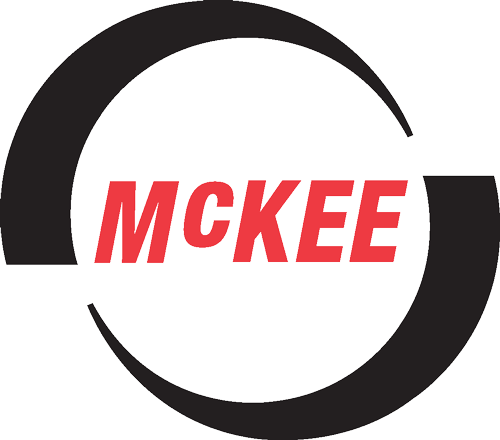What Are Some Common Conveyor Belt Problems?
November 23, 2021 3:59 pm Leave your thoughtsWhen your conveyor belt shuts down, it can dramatically affect your business’s output and productivity. Avoiding conveyor belt problems is always the goal, but all machinery experiences wear and tear. Eventually, you’ll need to know how to fix a conveyor belt, or who to call to get the job done.
The following are some of the most common conveyor belt problems, and how to avoid them:
- Belt slipping: Conveyor belts depend on tension to move objects. If a belt is too loose, it won’t be able to pull items from point A to point B. The belt can slip off the pulley and halt operations. If it’s too tight, it might not be able to move at all. You may hear squealing or grinding noises. To avoid this issue, frequently inspect your conveyor belts for the proper tension and signs of wear and tear. The sooner you pinpoint and replace worn-out components, the less likely it is you’ll suffer downtime.
- Blockages: Conveyor belts are meant to move objects in an orderly, controlled fashion. If there’s a bottleneck on the line, you could find that the entire line is clogged. No items will get through, and you’ll lose valuable time. While it’s harder to predict when a system will jam, you can still keep an eye on the system. If you see any sharp edges or other places where items may catch on the belt, repair those as soon as possible.
- Belt mis-tracking: Tracking is when the conveyor belt is properly aligned on its path. A belt is “mis-tracked” when it slips to one end. This causes the belt to misalign, and disrupts the entire conveyor process. To avoid this, look for signs of misalignment and fix them as soon as you notice them. Otherwise, the entire system could malfunction.
- Seized rollers: Conveyor rollers are often made from metal. This makes them durable, but also prone to sharp edges and belt mis-tracking. Regular conveyor system inspections will alert you to any sharp edges developing from wear and tear.
- Material spills: Finally, materials can spill on the belt and cause issues. This is usually due to human error, issues with packaging and other non-mechanical causes. The best way to avoid this problem is to install skirt clamps, impact beds and belt ploughs, which protect the machinery from materials clogging up operations.
As with all machinery, the best way to prevent major problems is to stick to a strict preventative maintenance schedule. Your conveyor belts and other industrial machinery require attention and care to function properly. Whether you have someone on-site or whom you can call for help, make sure you have a plan for maintenance and repairs. After all, the more downtime your conveyor systems experience, the more money and valuable time your business will lose.
M.B. McKee Company, Inc. is dedicated to providing industrial machinery parts and components, including everything you need to fix a wide range of common conveyor belt problems. Reach out to us today to learn more or check our stock.
Categorised in: Conveyor Components, Safety Tips
This post was written by admin

